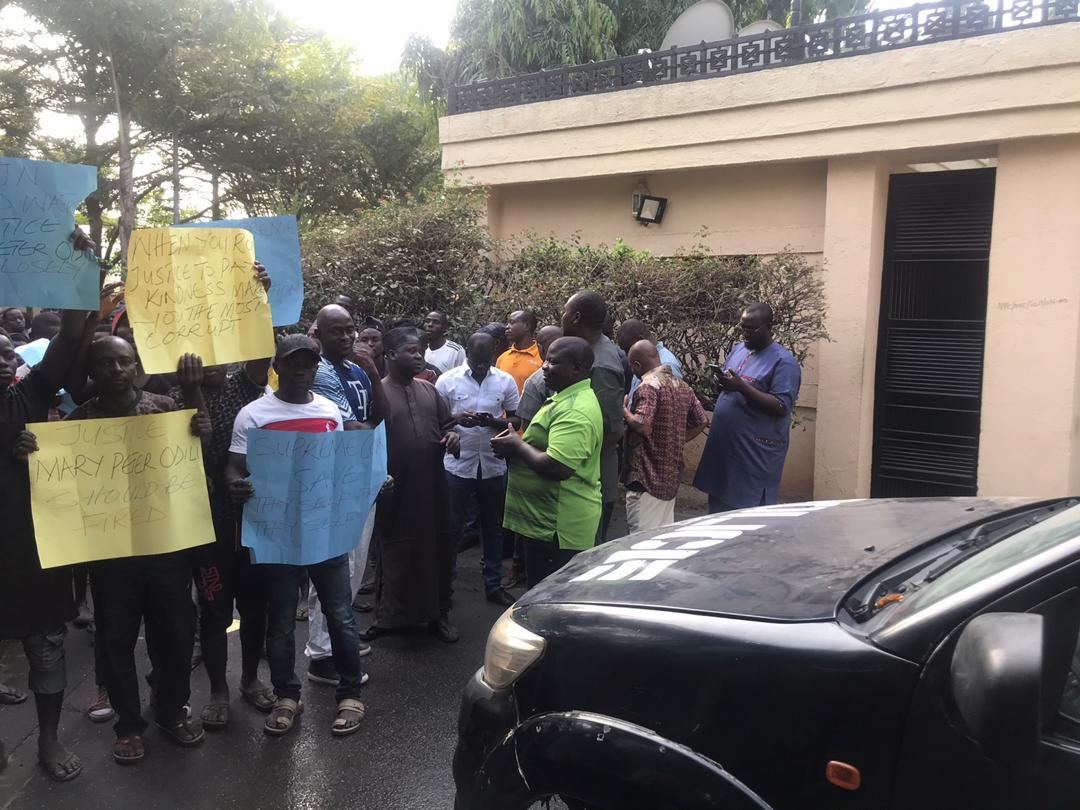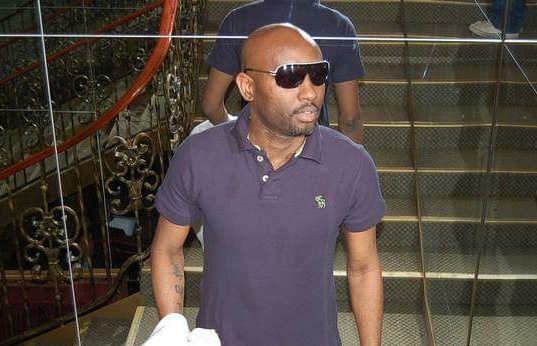At the age of six, Haansa’u Ashiru, like most of the girls in her community at Tsafe local government area of Zamfara state, was yet to see the four walls of a classroom. During school hours, she spent her time hawking wares around Dajin Yamma where she hails from, and on other occasions, she would tag along with her peers to walk animals in the vast forest dotting Tsafe.
She became so used to the routine that much of what the family lived on was either from what she brings home from the streets or what her father brings from the farm. Until one evening in 2010 when her story changed for good.
Halima Samaila, a girl-child advocate who has been monitoring Haansa’u, visited her (Haansa’u) family and informed Umaima and Muhammad Ashiru, the girl’s parents, of her intention to sponsor the girl through school.
“I saw that she is very smart and has a bright future. I told the mother that I want to send her to school and the family agreed, it was her brightness that inspired me,” she said of Haansa’u during an interview with TheCable.
Advertisement
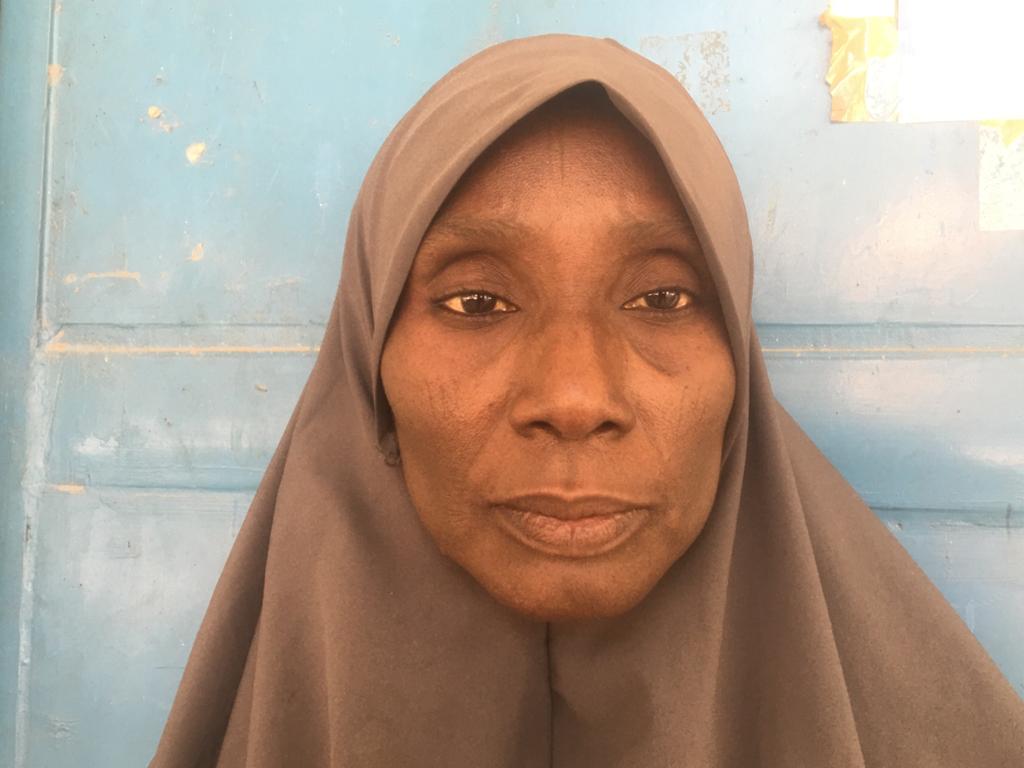
Samaila’s encounter and subsequent influence on Haansa’u, who is now in SS1 at Government Girls Secondary School, Jibia, Katsina state, was in the course of her advocacy which led to her becoming a member of the school-based management committee (SBMC), an initiative of the United Nations Children’s Funds’ (UNICEF) girls education project phase 3 (GEP3).
In 2012, UNICEF introduced the UK Department for International Development (DFID)-funded project to ensure that more girls are enrolled in school, complete basic education and acquire skills for life and livelihoods in six northern states of Bauchi, Katsina, Niger, Sokoto, Zamfara and Kano where the number of out-of-school children is on the high side when compared to other states.
Some of the other initiatives under the GEP3 being implemented in six selected LGAs in Zamfara include community-based management committee (CBMC) which is similar to the SBMC but concerns integration of modern education with Islamic education; cash transfer programme in which each pupil receives N8,000 every term; female teacher training scholarship scheme (FTTSS) in which girls are employed as teachers in their communities after a funded national certificate in education (NCE) programme, and girls-for-girls initiative which seeks to help young girls become leaders and guide their peers on the right path both within and outside school.
Advertisement
FROM HERDER TO GIRL WONDER
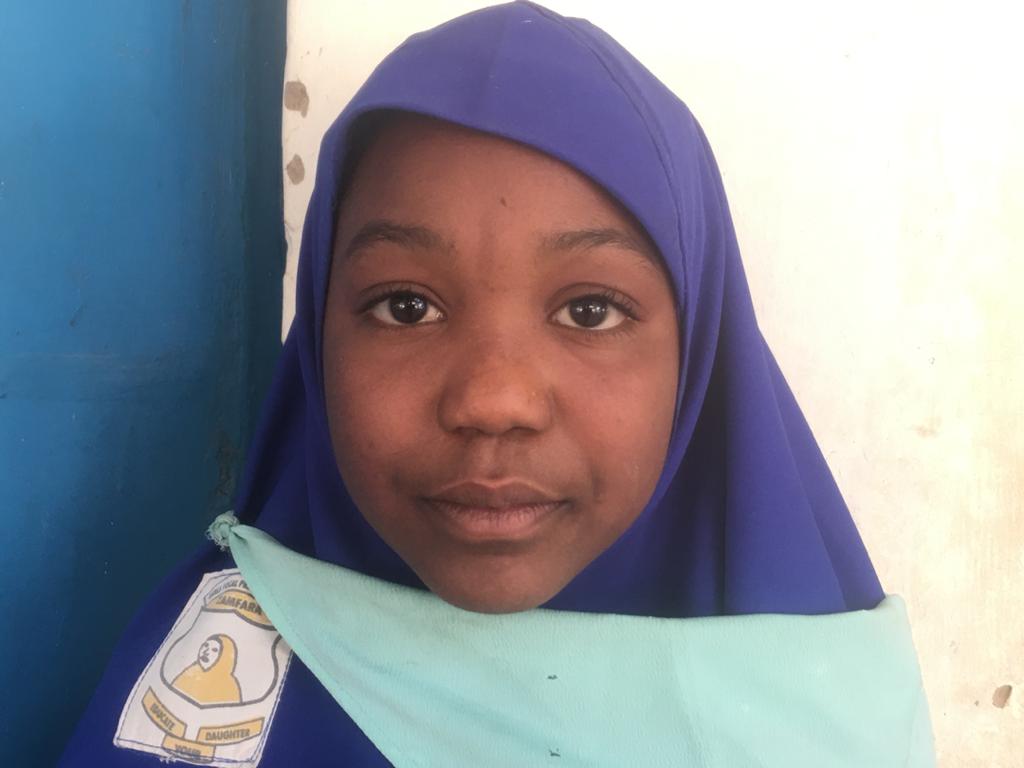
The SBMC, according to Sameer Muhammad, a UNICEF field officer in Zamfara, are a committee of stakeholders acting as a bridge between communities and schools in the area, which are in most cases focused on the girl child. The core of their responsibility is the development of schools in various areas, especially with regard to financial contributions, planning and decision-making.
It was in that light that Samaila offered to sponsor Haansa’u’s education, starting from the Girls Focal Primary School in Tashar Jawarawa, Tsafe, where she performed well, finishing with good grades through her classes, according to Balarabe Tsafe, the headmistress.
“When she came, she was far backward because of her age and lack of exposure but with time, she got better and became the envy of many in her village. If you see her now; very nice to see her,” she said of Haansa’u when TheCable visited the school. “The way she dresses, the way she carries herself. It is really nice. If she had been in that bush, it would have been very different. Now she is a role model to most of her peers especially those not going to school.”
Advertisement
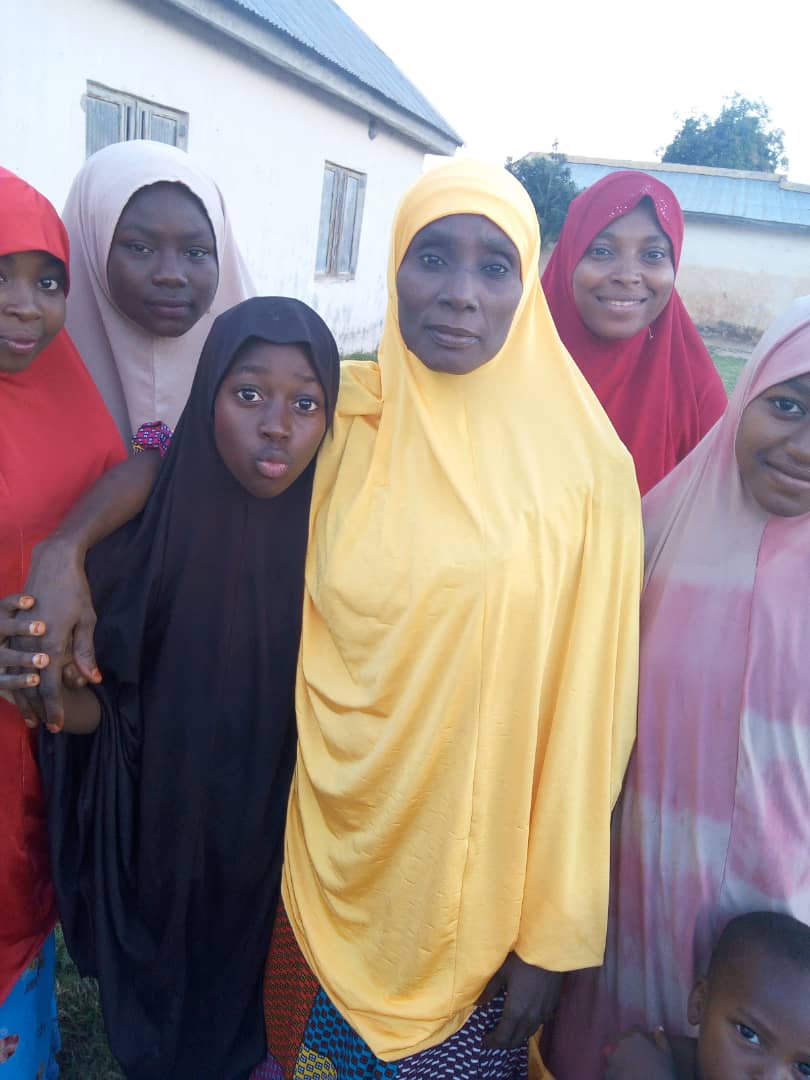
Umaima Ashiru, Haansa’u’s mother, is perhaps the person most inspired by Haansa’u’s story. She told TheCable her daughter is making her family proud and that she is also inspiring other girls in the community whenever she returns during the holiday.
“She was always in the bush rearing animals and hawking before but she is learning a lot in school now,” she told TheCable, adding that “she is also well-behaved compared to how she was”.
ZAMFARA: THE WORRYING STATISTICS
A multi-indicator cluster survey carried out by the National Bureau of Statistics (NBS) in partnership with UNICEF shows that as much as 53 percent of Zamfara girls covered in the research are currently married. Fifty-three percent. What is more? About 58 percent of them are married to men that are at least 10 years older than they are.
Advertisement
Below are highlights of the survey which can be downloaded here:
| S/N | Indices | Percentage |
|---|---|---|
| 1 | 3-5 years attending school | 12.3% |
| 2 | 15-19 years currently married | 53% |
| 3 | 15-49 years married before 18 | 71.4% |
| 4 | Child labour (5-17 yrs) | 63% |
| 5 | Early childbearing | 39% |
| 6 | Early child development index | 42% |
| 7 | Literacy numeracy rate | 7.4% |
AGE DIFFERENCE BETWEEN MARRIED YOUNG GIRLS AND PARTNERS
Advertisement
| S/N | 15-19 yrs married to older men | Percentage |
|---|---|---|
| 1 | 0.4 years older | 6% |
| 2 | 5-9 years older | 31% |
| 3 | 10+ years older | 58% |
Like Haansa’u, 13-year-old Fadilla Rabiu, the head girl of Girls Focal Primary School, is another testimony of the interventions in the state’s public schools. She told TheCable her academic performance has improved and that as the school’s head girl, she hopes to “convert” as many of her peers as possible who are not in school.
As head girl, she is part of the SBMC and attends panel meetings, using that opportunity to often make a strong case for her peers regarding what they are lacking in the school and to preach to girls in Tsafe about the importance of education.
Advertisement
“They (the committee) often come to our classes and help us with some of our needs in school like toilet and seats,” she added, pointing towards some of the seats the committee donated to the school.
‘FEMALE PUPILS NOW MORE THAN BOYS’
Advertisement
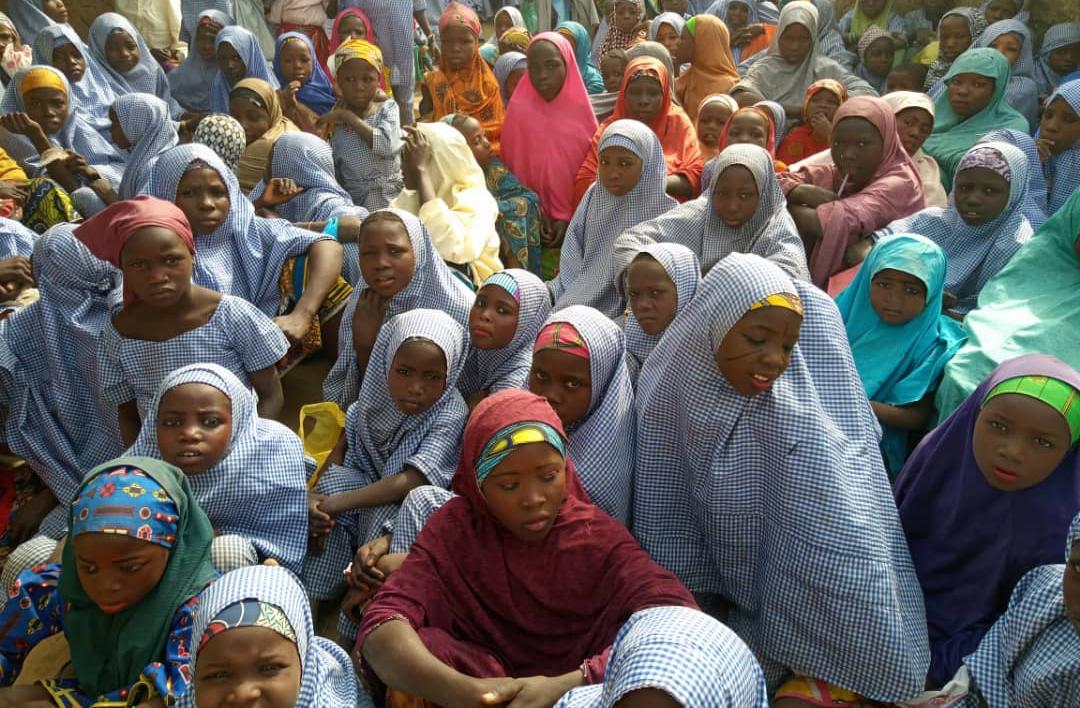
Poverty, culture and lack of orientation are among the common reasons why parents do not send their children to school in Zamfara, according to some residents and teachers who spoke to TheCable. Though basic education is free in the state, about 27 percent of children in the state have never been to school as of 2017, according to UNICEF. What is more? TheCable found out that a large chunk of those in school are in Gusau, the state capital, while most of those in the rural communities continue to suffer neglect, hence the interventions of development partners such as UNICEF.
But Tsafe, like most other LGAs in Zamfara where UNICEF initiatives are running, is beginning to reap the fruits of such interventions, Abdulrahman Aliyu, education secretary of the LGA, told TheCable.
He cited as an example the 35 schools where the SBMC are operated. According to him, there has been a significant increase in enrolment particularly of girls, unlike in the past; in addition to a number of projects such as renovation of structures and acquisition of learning materials for the schoolgirls.
“The benefits of the SBMC cannot be overemphasised because of their various functions across the schools in terms of helping enhance education of the pupils as well as building and renovating structures for them,” Aliyu said.
“People get involved in the activities of school and that way, it plays a very vital role towards the development of education. Because they are now committed to our schools which are also theirs. Before now, there are communities where females did not go to school. But I can assure you that now, if you go to those schools, female pupils are now more than the boys.”
QURANIC SCHOOLS NOT LEFT OUT
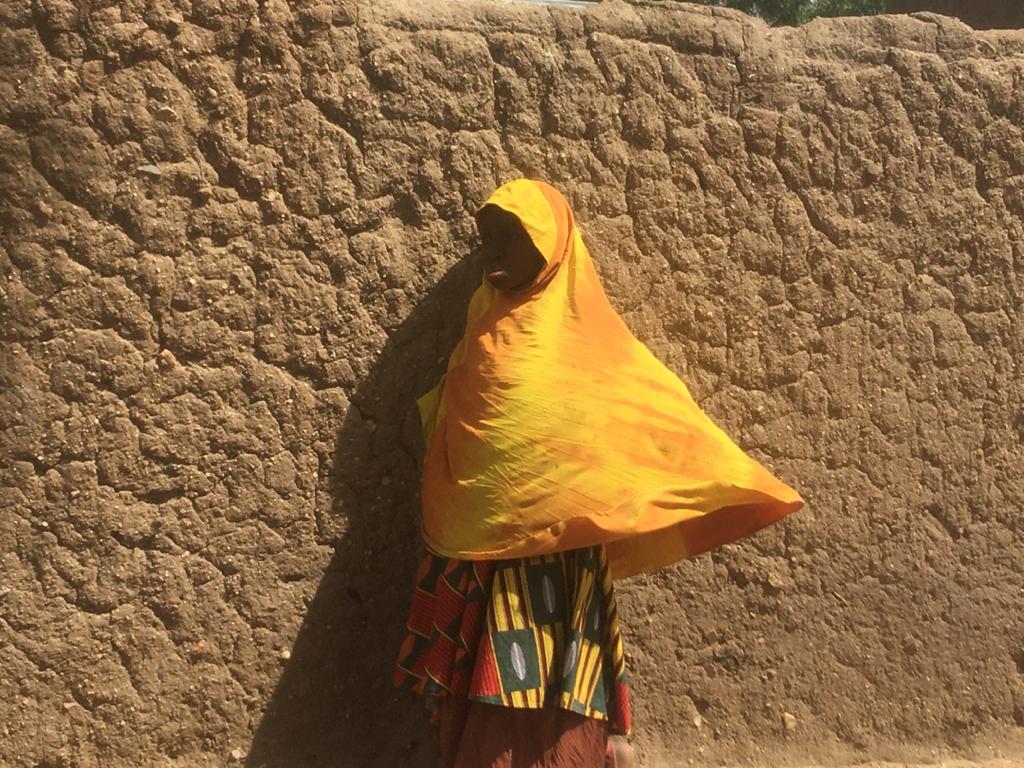
About 40 kilometres from her school is Madarasatul Tanbihul Audadil Muslimina, a quranic school located in Sankalawa in Bungudu LGA where Basira Bala and Shibatu Garba are among the beneficiaries of the community-based management committees (CBMC) initiative. At nine years, Bala and some of her peers would not have been in school but for the constant orientation campaigns and development measures introduced at the school, according to her teacher.
“The population is usually not this many until recently when UNICEF started to intervene,” the teacher who gave his name as Hassan Nasiru added. “We get books and writing materials from UNICEF, in addition to the N300,000 which helped us in building classrooms.”
For Garba, who is 18, the activities of the CBMC have helped her improve in various spheres of her life and changing her perspectives about education so much that she boasts of helping to bring a number of her peers to school.
“The CBMC often gives us exercise books, writing materials and teaches us during classes on some days of the week,” she told TheCable, adding: “We lacked some of the materials before now as we had to struggle to get them by ourselves while those that don’t have will have to manage without them.”
BECOMING ROLE MODELS FOR YOUNG GIRLS
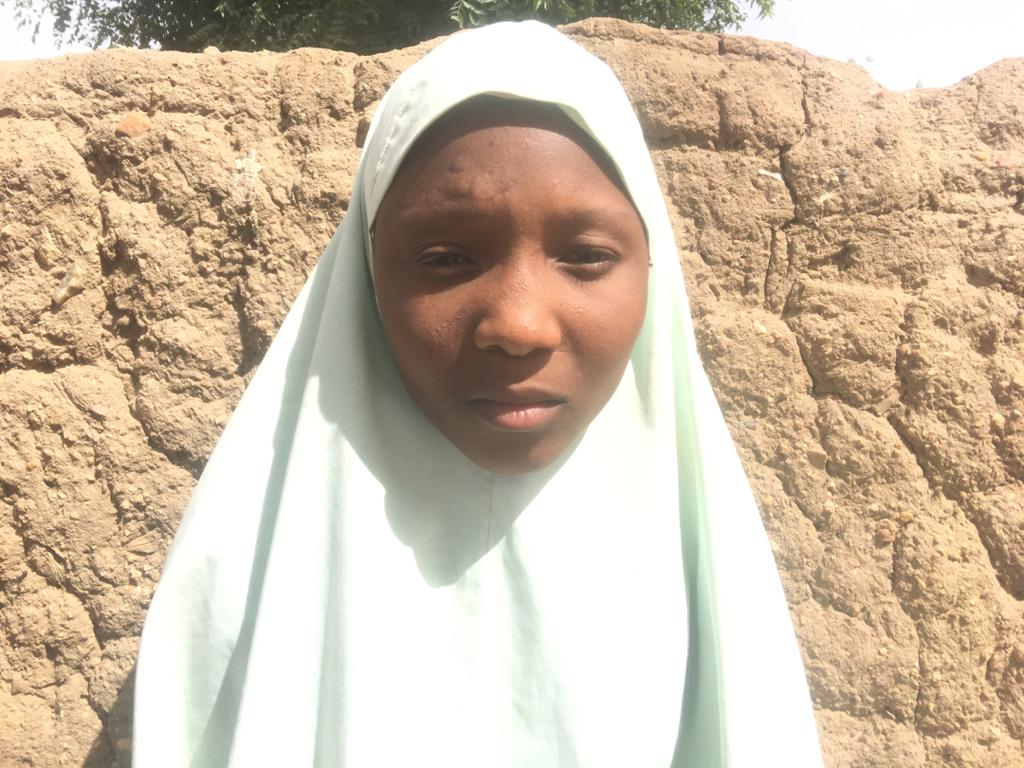
At the age of 24, Aisha Danbaba has responsibilities that are beyond her commitments to immediate family in Kurya in Shinkafi LGA. The mandate of getting every girl in her community to enrol in school now lies on her shoulders since finishing her NCE programme in 2017.
Danbaba is among the 127 girls employed as teachers by the Zamfara State Universal Basic Education Board (ZSUBEB) under the female teacher training scholarship scheme (FTTSS). The programme was initiated by UNICEF in 2013, and required each of the beneficiaries to be employed as a teacher for at least two years in her community after a funded NCE programme during which they are paid N80,000 each year for their three years of study.
Three hundred and twenty-nine out of the 500 girls targeted have so far undergone their NCE programme through the initiative aimed at ensuring the girls act as role models to the younger ones in their communities to help strengthen girls’ education, according to Muazu Mohammed, director, special programmes at ZUBEB.
“After graduation from the three-year NCE programme, the girls that graduated will be given automatic employment once they finish and they will serve in their various communities to serve as role models to other girls. Those to be absorbed must be from the LGAs captured and they must work there for at least two years before they can work elsewhere,” Mohammed told TheCable.
He said “bureaucracy by the past government” delayed the employment of about 202 women, and while the current administration is seeking to address that, the benefits are beginning to manifest, like in the case of Danbaba who said she spends much of her time enlightening young girls in her community on the importance of education.
She told TheCable she has been teaching for more than two years, and “I am happy to help change the narrative about education among other girls in Tsafe, especially those who do not understand the importance of education”.
“Some of them tell me they want to be like me and my intention is to bring as many of them as possible to school no matter how long it will take,” she added, hopeful of a future where girls like her will look away from early marriage and labour and embrace a secured future through education.

